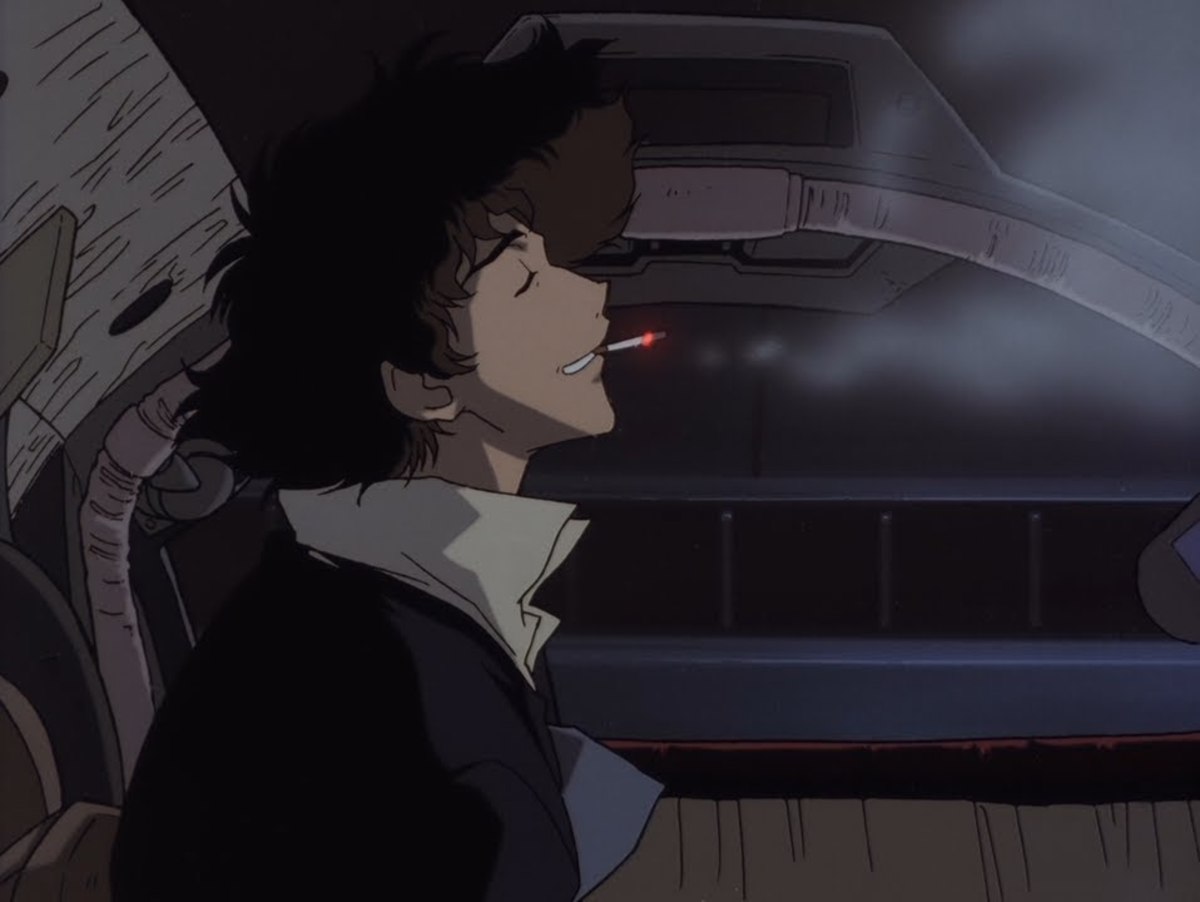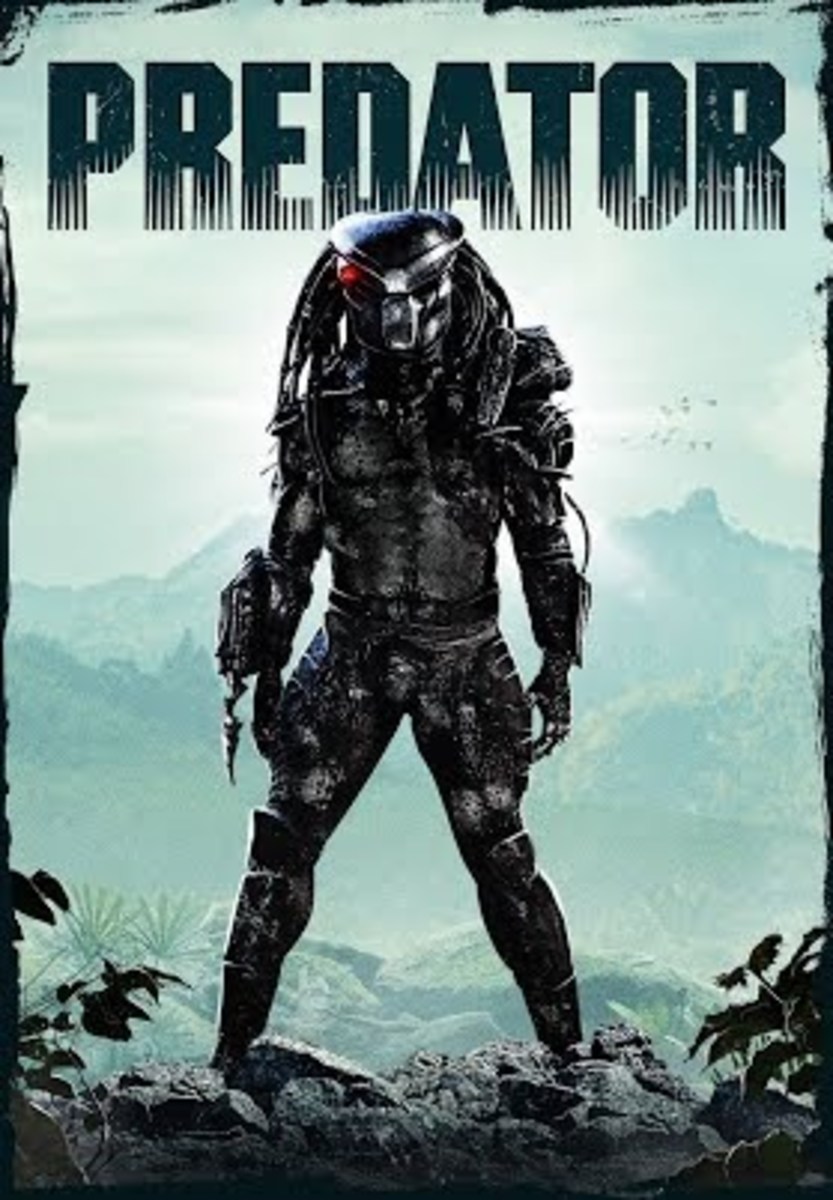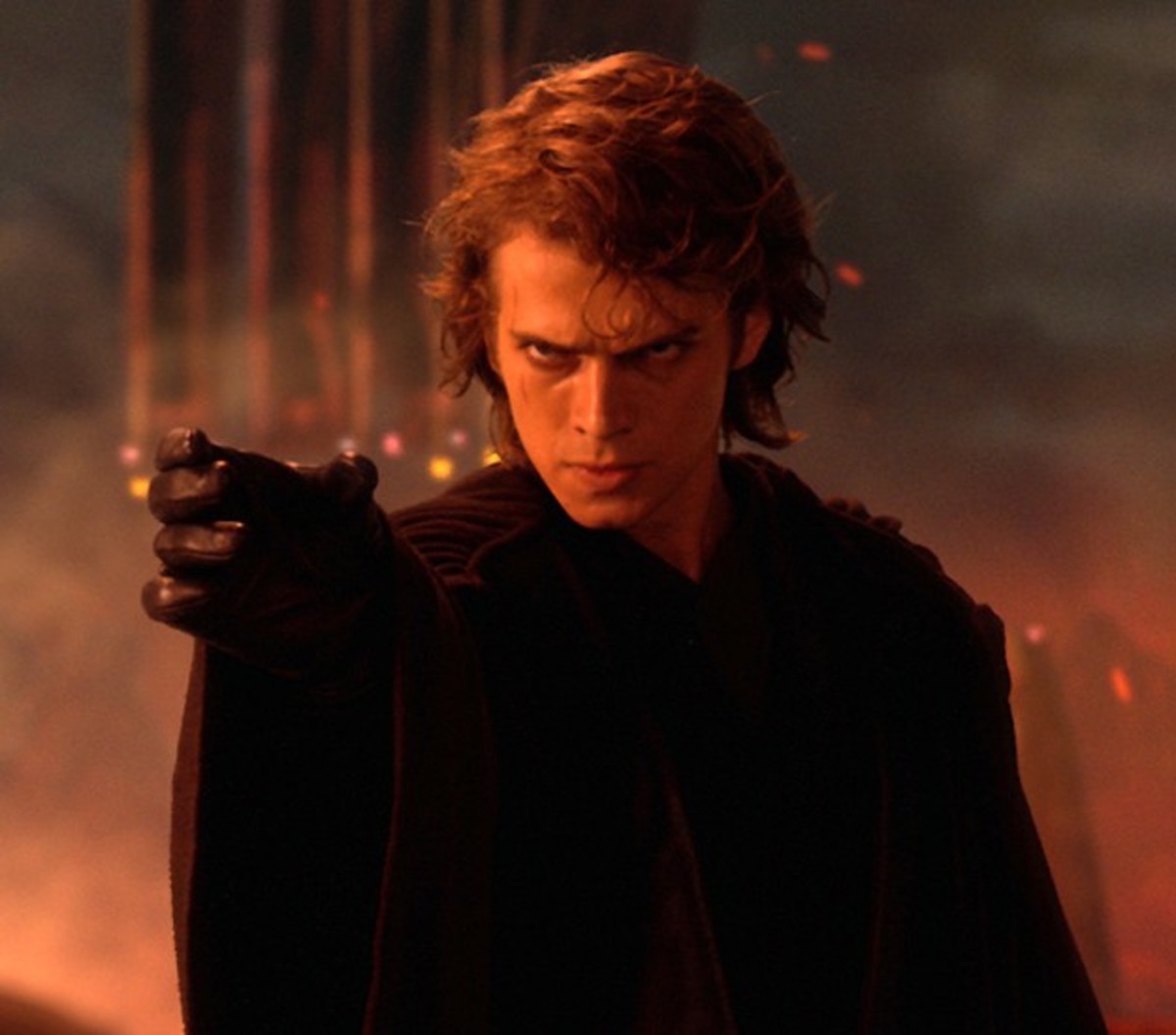- HubPages»
- Entertainment and Media»
- Movies & Movie Reviews»
- Science Fiction & Fantasy Films
Book vs Movie: Enders Game
The classic book
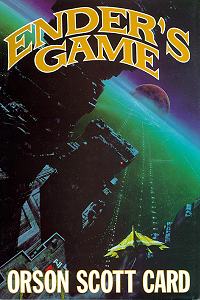
Disclaimer
Disclaimer: This article is a comparison of Enders Game the book vs the film adaptation. It will not be addressing Orson Scott Cards political or religious views. Readers interested in addressing those topics should look elsewhere.
The art of adaptation
Adapting any book into a film is a challenging prospect. The screenwriters must decide which parts of the story to keep, which can be discarded and what must be altered to fit the new medium. When the book in question follows a gifted child from the age of six to early adulthood it's especially difficult. When the book in question is also highly introspective it compounds the problem further. With those obstacles it's amazing that the film adaptation of Enders Game was as faithful as it was.
The novel
The problem of time
Any movie creates a perception of time compression. It's an unavoidable aspect of the medium. It would be virtually impossible for a film to follow Ender from a six year old to a young adult. Even taking him from entering battle school at six to command school at ten would be difficult. It would either require multiple child actors playing the same character or a four year filming process. The teen actor Asa Butterfield was older than the character described in the book was during the entire war. He does look young and gives a fine performance though. Unfortunately, Butterfields age gives the impression that the whole story took place over a single year leaving no time for the learning and character growth process that was supposed to be taking place.
Ender and Pietra
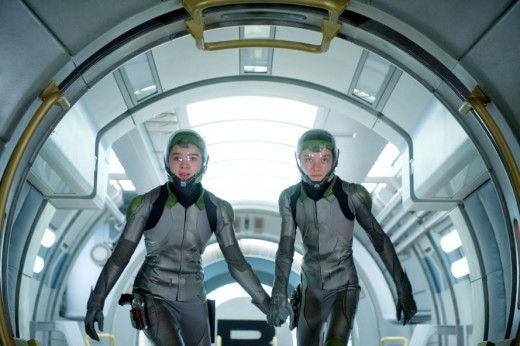
Changed relationships
The time compression also necessitated changes in character relationships. In the book Ender didn't meet Bean until he was put in charge of Dragon army. At which point Ender was older and more experienced. In the book Ender treats Bean as a protégé but, having learned his teaching methods from Graff, isolates the younger boy the way Graff had done with Ender. In the film Ender and Bean meet on the same shuttle and the mentor student relationship is never developed. The relationship between Peitra and Ender is explored somewhat in the film but only in part. In both versions Pietra teaches Ender how to fight in the battle school. In the book though they are shown as eventually commanding rival armies and Ender surpasses and unintentionally humiliates her.
The cutting room floor
Enders siblings are almost entirely left out of the film. We are shown Peter's bullying and how Ender tries to keep in touch with Valentine. The film also explores Enders fear of becoming like his brother. However the potential depth of Peters sociopathy and his political ambitions never make it into the movie. As a side effect of the failure to explore the Peter Valentine dynamic their cyberspace alter egos Locke and Demosthenese also fell off the screen. That absence leads to a failure to explore the political instability on Earth that leads to Enders effective exile from the world he's saved. Of course their part of the story didn't impact Ender or the progress of the war directly making it relatively easy to leave out of the film without altering that part of the story.
The Movie
Changes that weren't necessary...
Some of the changes made in the adaptation are harder to understand. In the book, and prequels, Earth already had people visiting the rest of our solar system when the aliens arrived. Although many human lives were lost the conflict took place in space instead of the upper atmosphere. Was their such a difference in the special effects cost of an atmospheric battle vs. an orbital one? Did the directors think the audience would not understand that the invasion threatened the human race if they were only shown in space? Furthermore, in the books the buggers (calling them formics came later in the series) made two separate invasions generations apart. Mazer Rackham in the books wasn't a fighter pilot but a space fleet commander. His tactical genius wasn't in finding and destroying the obvious command ship. It was in realizing the aliens were a hive mind and which capital ship had the queen. While that might have been hard to show directly it could have been explained in dialog as it was in the book. Had the film at least mentioned the two separate invasions the idea that the formics were an ongoing threat would have been more firmly solidified in the audiences mind.
Changed the tone
Instead of showing the audience that Earth's leadership had reason to treat the aliens as an ongoing potential threat the film showed them as being beaten back to their home system by the time Ender got to command school. In the book Earths counter attack was presented as occurring in multiple star systems. The strikes were timed so that the aliens colonies would be cut off first then the home-world defeated. In the book Ender ran the war from an asteroid in our own star system instead of an alien world. This was because, although they had faster than light communications, FTL travel had not been developed. With the films portrayal of the aliens already beaten back to their home-world was their anyone in the audience who didn't wonder, “What do they need Ender for?” Early in the film the audience is told Earths military needs the next Caesar or Napoleon to lead them against the alien threat but then we are told that they've beaten them back without him. In the book Ender is a tactical genius who directed a multi-front invasion but was told it was just a simulation to make it easier for him to make the sacrifices necessary to win. In the film it seems that all they need this bright boy for is to pull the trigger on genocide because no one who knew they were doing it would be willing to soil their hands.
Truncated ending
The only purpose served in putting the command school on a former alien colony seems to be to save time at the end of the story. Instead of Ender and Valentine joining a colony on a formerly formic world where he finds the queen egg it is put just outside the school. This change raises several questions though. Enders play of the fantasy game was monitored, so why didn't Graff or someone else notice the similarities in the ruins? Even if they didn't, how is it that the ruins right outside the command base weren't explored thoroughly enough to find the egg and live alien inside? On the other hand, the book never explained how the aliens knew which world Ender would end up on. In the book the egg was unattended but that didn't matter because the unhatched queen was able to communicate with Ender telepathically. Sadly the movie chose not to portray the queen communicating her peoples history to Ender it is only through the living aliens actions that we see their resignation to their fate and forgiveness. The lack of portrayal of the communication in the film necessitates leaving out Ender's adult role as the first speaker for the dead. Although the concept is mentioned in a single line from Rackham the idea that Ender would tell the formics history to the human race never makes it to the screen. Nor does his telling of his brothers story after Peter has become humanities leader.
The book can't show you this
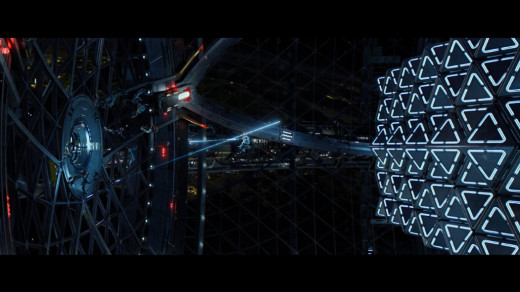
Which is better?
So is the book or the movie better? Well for all Cards descriptive talents he couldn't actually show the kids flying through the battle school. Nor could he show the reader the aliens or the battles. On the other hand the film could only tell half the story and had to truncate the parts it could tell. Furthermore in the adaptation they made some questionable choices. Ultimately better is in the eye of the beholder. Either way Enders Game is an enjoyable and thought provoking tale. Though the thoughts it provokes may vary depending on which version you prefer.




